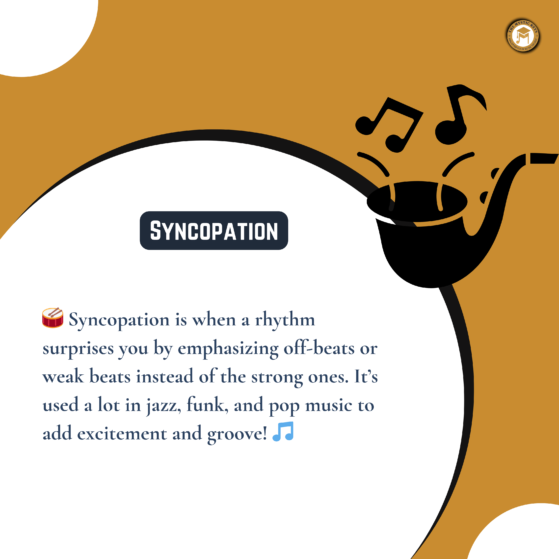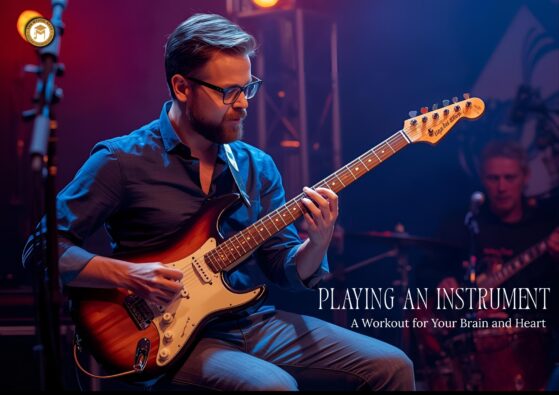Mastering Essential Music Concepts
At The Mystic Keys, we believe that learning music is about more than just playing notes—it’s about understanding the core concepts that make music theory come alive. Whether you’re a beginner or an experienced player, these key music concepts are crucial to becoming a well-rounded musician. In this blog, we’ll explore some of the most important music ideas, helping you unlock your full musical potential.
1. Scales – The Foundation of Melodies
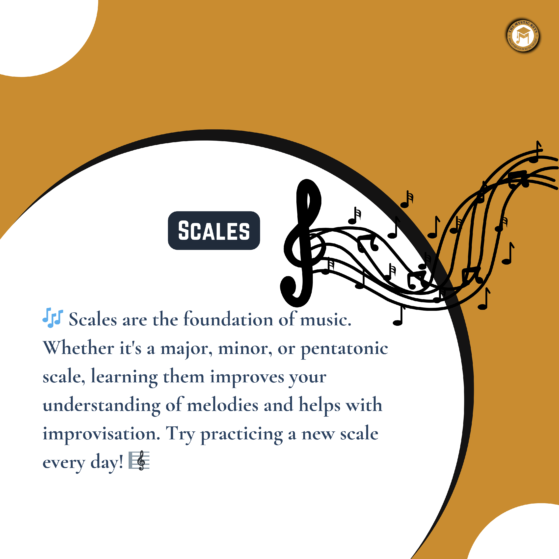
Scales are one of the building blocks of music. Whether you’re playing the piano, guitar, or any other instrument, scales help you understand how melodies are constructed. A scale is simply a sequence of notes ordered by pitch. The most common types of scales are major, minor, and pentatonic.
Major scales sound bright and happy, while minor scales often convey a more melancholic or mysterious feeling. Practicing scales improves your finger dexterity, helps with improvisation, and makes learning new songs easier.
Tip: Try practicing a new scale every day! This will help train your ear and fingers for melodies across different genres of music.
2. Time Signatures – The Rhythm of Music
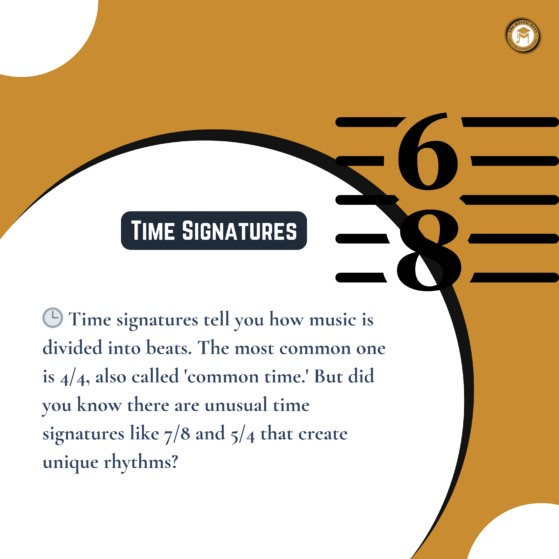
Time signatures tell musicians how to count beats in a piece of music. The most common time signature is 4/4, also known as “common time,” where each measure has four beats. However, there are also more unusual time signatures like 5/4 or 7/8, which can give music a unique, off-kilter rhythm.
Learning different time signatures allows you to experiment with rhythm and feel the flow of the music in new ways. As you practice, you’ll develop a better sense of timing and rhythm, essential for playing with others and improving your musicality.
3. Chords – The Backbone of Harmony
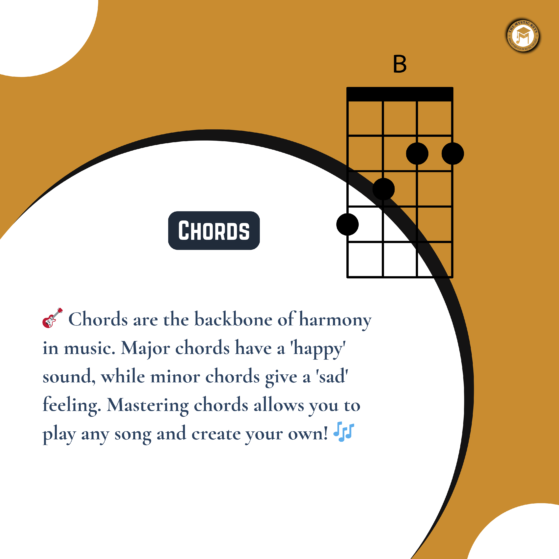
Chords are groups of notes played together to create harmony. Major chords have a “happy” sound, while minor chords convey a “sad” or more complex emotion. Chords are foundational to many forms of music, from pop to classical to jazz.
Understanding how chords work allows you to accompany melodies, harmonize with other musicians, and even compose your own songs. If you’re just starting out, try learning basic major and minor chords on your instrument.
4. Intervals – The Space Between Notes
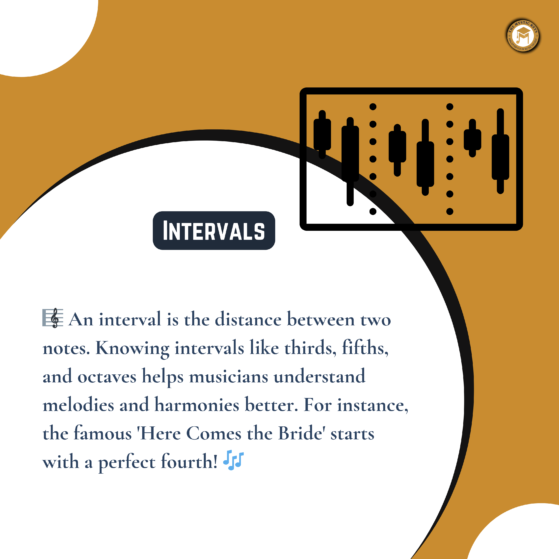
Intervals are the distance between two notes. For example, the jump from “do” to “mi” in the scale is called a third because it spans three scale degrees. Intervals are the building blocks of both melodies and harmonies.
Knowing how to identify intervals helps you understand why certain notes sound good together and how melodies move. You can start by recognizing common intervals, like the perfect fifth (the “Star Wars” theme) or the perfect fourth (as heard in “Here Comes the Bride”).
5. Dynamics – The Volume of Emotion
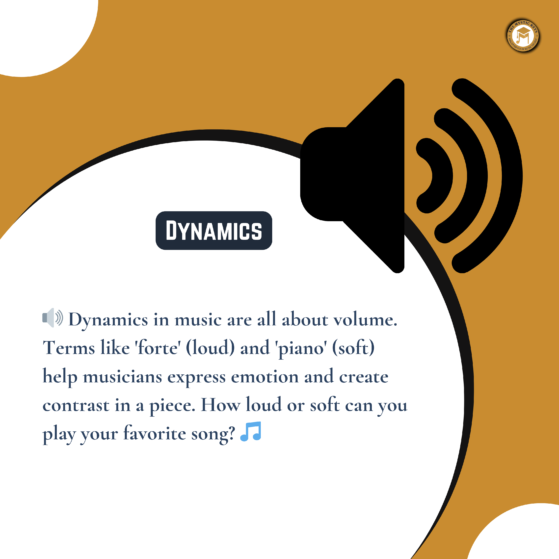
Dynamics refer to how loud or soft music is played. Terms like “forte” (loud) and “piano” (soft) help musicians express the emotional intensity of a piece. Mastering dynamics adds depth and contrast to your playing, allowing you to convey a range of emotions in your performance.
Challenge: Try playing a favorite song with different dynamics. Experiment by starting softly and gradually increasing the volume, or vice versa, to feel the emotional shifts within the music.
6. Tempo – The Speed of Music
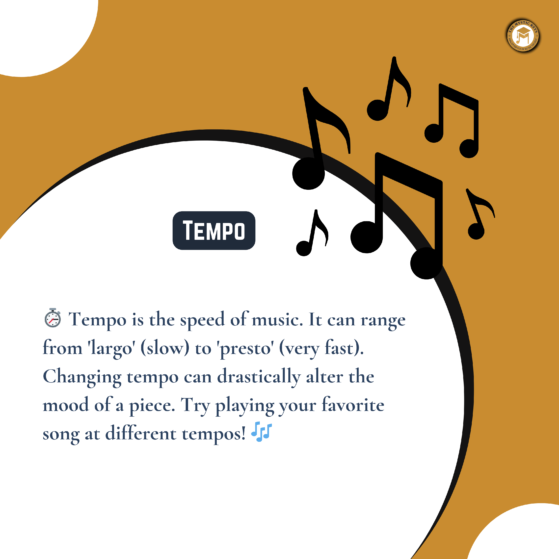
Tempo is the pace or speed at which a piece of music is played. Different tempos evoke different moods. For example, a slow “largo” tempo can feel peaceful and meditative, while a fast “presto” tempo might create excitement and energy.
Learning to control tempo is key to playing music expressively. Start with a metronome to develop your sense of timing, and then experiment by playing pieces at various speeds to explore how tempo affects the mood.
7. Key Signatures – The Map of Music
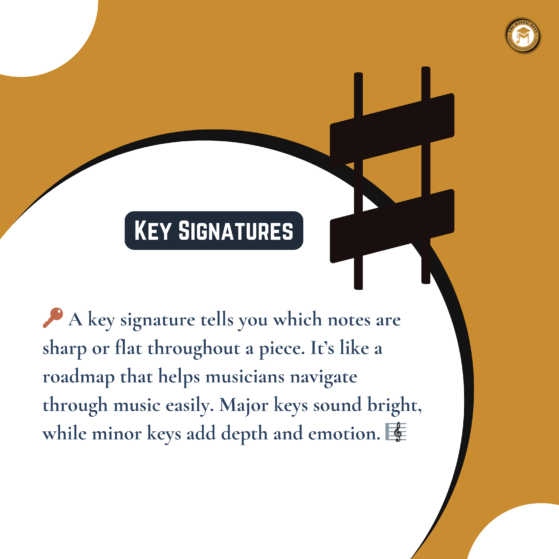
A key signature tells you which notes are sharp or flat throughout a piece of music. It’s like a roadmap that helps musicians understand the harmonic structure of a song. For example, a piece in C major has no sharps or flats, while a piece in A minor has a different set of notes.
Understanding key signatures allows musicians to navigate through music more easily, improvising and playing in tune. It also helps in understanding the emotional quality of a piece—major keys often sound bright, while minor keys provide depth and complexity.
8. Arpeggios – The Flowing Chords
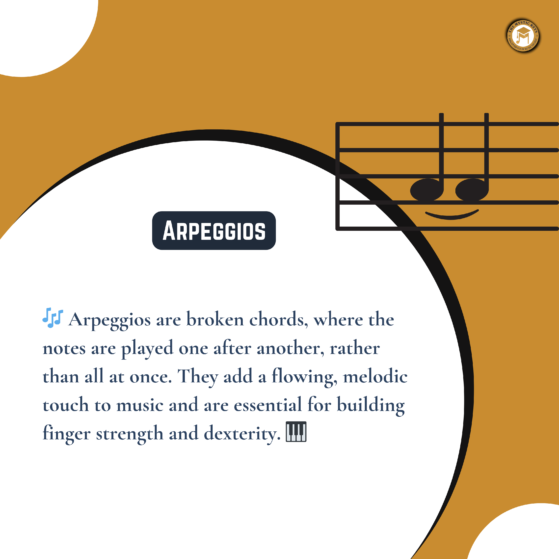
Arpeggios are “broken” chords, where the notes of a chord are played one after another instead of all at once. Practicing arpeggios is essential for building finger strength and dexterity. They also add a flowing, melodic touch to music, making them a useful technique in both classical and contemporary styles.
Arpeggios are used in everything from classical piano pieces to jazz improvisation, and mastering them will significantly improve your technique and musical expression.
9. Harmony – Creating Depth in Music
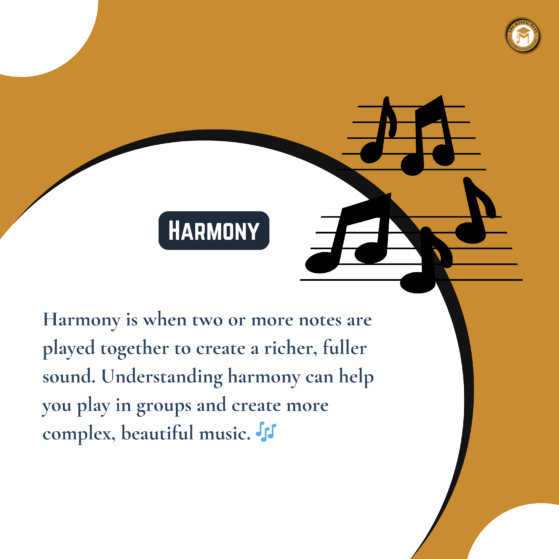
Harmony occurs when two or more notes are played together, creating a fuller sound. While melody is the tune you recognize, harmony provides the richness and support underneath the melody. Understanding harmony helps musicians play in groups, compose richer music, and create a more complex, beautiful sound.
At The Mystic Keys, we focus on teaching harmony in a way that makes it accessible to all students, whether you’re learning classical piano, electric guitar, or Hindustani music.
10. Syncopation – Adding Groove to the Rhythm
